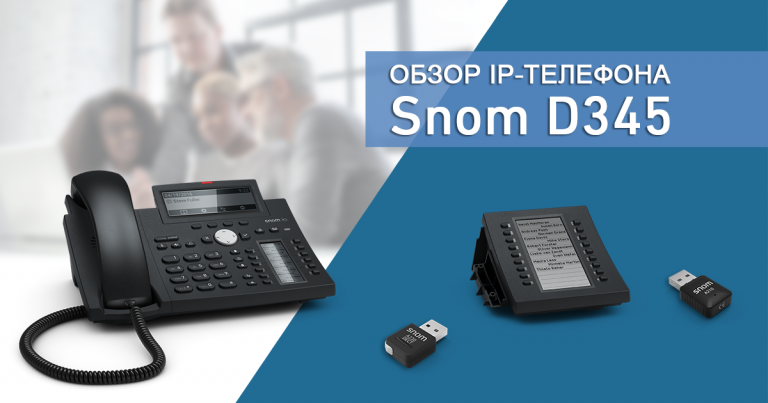what's new in the distribution?
The test process for the beta version of Fedora Linux 40 has recently started, the release of which is scheduled for April 23. It's worth noting that this release applies to Fedora Workstation, Fedora Server, Fedora Silverblue, Fedora IoT, Fedora CoreOS, Fedora Cloud Base, Fedora Onyx, and Live build. Assemblies have already been generated for different architectures, including x86_64, Power64 and ARM64 (AArch64).

Changes and innovations a lotamong the most important For users, both ordinary and corporate, it is worth highlighting the following:
The GNOME desktop in Fedora Workstation has been updated to version 46.
In addition, the edition with the KDE desktop has been updated, which is logical. At the same time, support for sessions based on the X11 protocol has been discontinued. In order to run X11 applications, the XWayland DDX server is used. Of course, the reason for the discontinuation of session support with X11 has been announced – this is the deprecation of the X.Org server in RHEL 9 and the decision to completely remove it in the future major release of RHEL 10. Another reason is the replacement of the fbdev drivers with the simpledrm driver, which works correctly with Wayland , and of course, the appearance of Wayland support in Nvidia drivers.
Custom distributions, which were previously developed separately within the entire project, were united under the Atomic Desktops brand. Accordingly, Fedora Sericea and Fedora Onyx are now distributed under the names Fedora Sway Atomic and Fedora Budgie Atomic.
Another significant update concerns package versions, including LLVM 18, GCC 14, binutils 2.41, glibc 2.39, gdb 14.1, PHP 8.3, Ruby 3.3, Go 1.22, Java 21, AMD ROCm 6, Boost 1.83, 389 Directory Server 3.0.0 , Podman 5, PostgreSQL 16, TBB (Thread Building Blocks) 2021.8, SQLAlchemy 2, Kubernetes 1.29.
The package with the OpenSSL 1.1 library has been removed – simply because support for the branch itself has been discontinued. Well, the dependencies tied to the library were switched to OpenSSL 3.0.
We also paid attention to the NetworkManager configurator, which now has a default mechanism for detecting IPv4 address conflicts on the local network (RFC 5227). Its main purpose is to send a test ARP packet before attaching an address to a network interface (if a response is received, it means the address is busy and will not be assigned).
In a manager such as DNF, the loading of metadata with all lists of files that are included in the packages is disabled. They are rarely needed, but they are large in size, which leads to slower operation.
The Zlib library was replaced with a fork of Zlib-ng, which is compatible with Zlib at the API level. It also provides additional optimizations to improve performance.

An important point: the second stage of the transition to the updated and optimized loading process, which was proposed by Lennart Pöttering, has now been completed. How is it different from a regular download? The fact is that instead of the initrd image formed on the local system when installing the kernel package, a unified UKI (Unified Kernel Image) kernel image is used. It is generated in the distribution infrastructure and certified by its digital signature. It is worth noting that the UKI image combines in one file the handler for loading the kernel from UEFI (UEFI boot stub), the Linux kernel image and the initrd system environment loaded into memory. If the UKI image is called from UEFI, then the integrity and reliability of the digital signature is verified not only for the kernel, but also for the contents of the initrd, the authenticity check of which is important, since in this environment the keys for decrypting the root file system are retrieved. In addition, it became possible to directly load UKI from the shim.efi UEFI module without using a separate bootloader (grub, sd-boot), support for using UKI on systems with Aarch64 architecture has been implemented, and a version of the UKI image has been prepared for cloud environments and protected virtual machines. Fedora 38, the distribution we wrote about, added UKI support to the boot loader, implemented tools for installing and updating UKI, and also created an experimental UKI image for booting virtual machines with a limited set of components and drivers.
The repository now has a package with the PyTorch machine learning framework, available for installation with the dnf install pytorch command. It adds components for computing using a processor. Well, in the future, the use of GPUs with NPU accelerators will be added.
The osbuild toolkit is used to build minimal images for the ARM architecture.
The pam_userdb module has been moved from using BerkeleyDB to GDBM due to the BerkeleyDB 5.x branch being deprecated and the BerkeleyDB 6.x branch being moved to an unacceptable license. Bogofilter has been converted to use SQLite instead of BerkeleyDB (libdb).
Fedora IoT, the edition for Internet of Things devices, has been converted to use boot containers created using the OSTree toolkit and bootc technology.
The generation of delta updates of RPM packages has been stopped, allowing only the changed data relative to the already installed version of the package to be loaded during the update. Deltarpm support has been disabled in DNF and DNF5.

Pre-releases of various editions can be downloaded from the following links:
Well, we are waiting for the release of the final version of the distribution. If you tried the beta version, tell us how you like it, are there any critical problems?


![[Мастер-класс] Practical attacks on the USB interface](https://prog.world/wp-content/uploads/2020/04/iey9od_wrqnvtsrosaf5rkhx7ii-768x441.jpeg)


